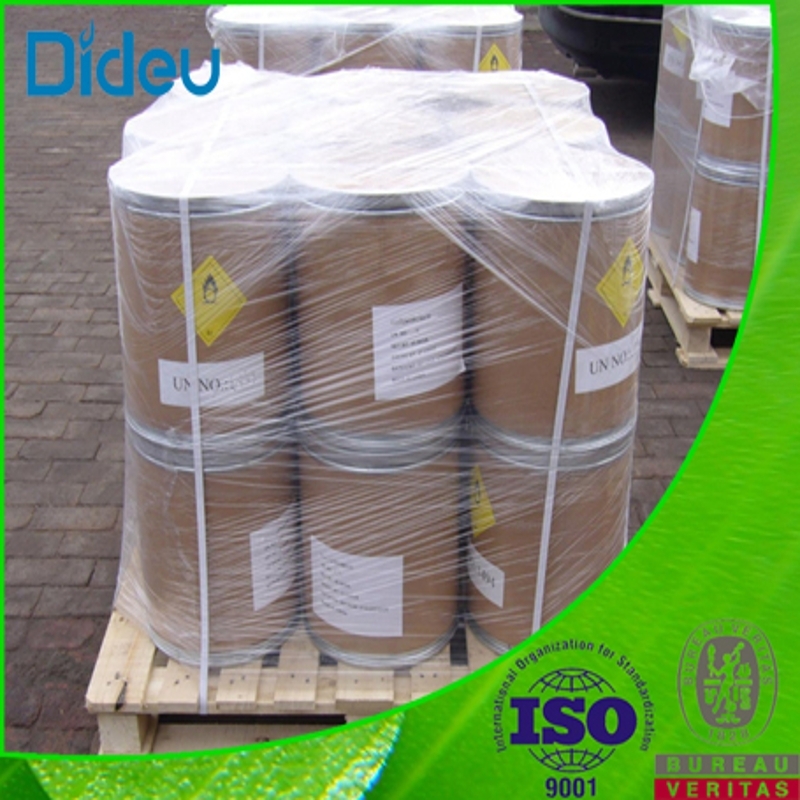-
Categories
-
Pharmaceutical Intermediates
-
Active Pharmaceutical Ingredients
-
Food Additives
- Industrial Coatings
- Agrochemicals
- Dyes and Pigments
- Surfactant
- Flavors and Fragrances
- Chemical Reagents
- Catalyst and Auxiliary
- Natural Products
- Inorganic Chemistry
-
Organic Chemistry
-
Biochemical Engineering
- Analytical Chemistry
-
Cosmetic Ingredient
- Water Treatment Chemical
-
Pharmaceutical Intermediates
Promotion
ECHEMI Mall
Wholesale
Weekly Price
Exhibition
News
-
Trade Service
iNature
Insulin is a peptide hormone secreted primarily by the pancreas Langerhans islets and plays an important role
in glucose homeostasis, cell growth, survival, proliferation, and β cell metabolism.
On December 14, 2021, Huang Zhifeng of Wenzhou Medical University, Li Pingping of Peking Union Medical College of the Chinese Academy of Medical Sciences and Ren Jun of Zhongshan Hospital affiliated to Fudan University published a research paper entitled "Paracrine FGFs target skeletal muscle to exert potent anti-hyperglycemic effects" online in the journal Nature Communications.
The study identified paracrine FGF4 as a potent antihyperglycemic FGF by performing parallel tests of FGFR1c in diabetic mice
.
Importantly, the study found that, like FGF1, paracrine FGF4 was also more effective
than endocrine FGF21 in lowering blood sugar.
In addition, the study found that paracrine FGF4 and FGF1 exert their superior glycemic control role by targeting skeletal muscle, which is rich in expression of FGFR1c but lacks β-klotho (KLB), an essential FGF21 coreceptor
.
Mechanologically, both FGF4 and FGF1 upregulate the surface abundance of GLUT4 cells in skeletal muscle in an AMPKα-dependent but non-insulin-dependent manner
.
Chronic treatment with rFGF4 improves insulin resistance, inhibits fat macrophage infiltration and inflammation
.
It is worth noting that unlike FGF1 (pan-FGFR ligand), FGF4 has a more limited FGFR1c binding specificity and has no significant effect on
food intake.
In summary, the strong anti-hyperglycemic and anti-inflammatory properties of FGF4 in this study demonstrate its potential application prospects in the treatment of T2D and related metabolic disorders (click to read
).
Insulin binds to insulin receptors (InsR) and activates insulin signaling and downstream pathways, including PI3K-AKT, mTOR, and RAF1-MEK-ERK1/2 pathways, to mediate their metabolism
.
The content is [iNature]







